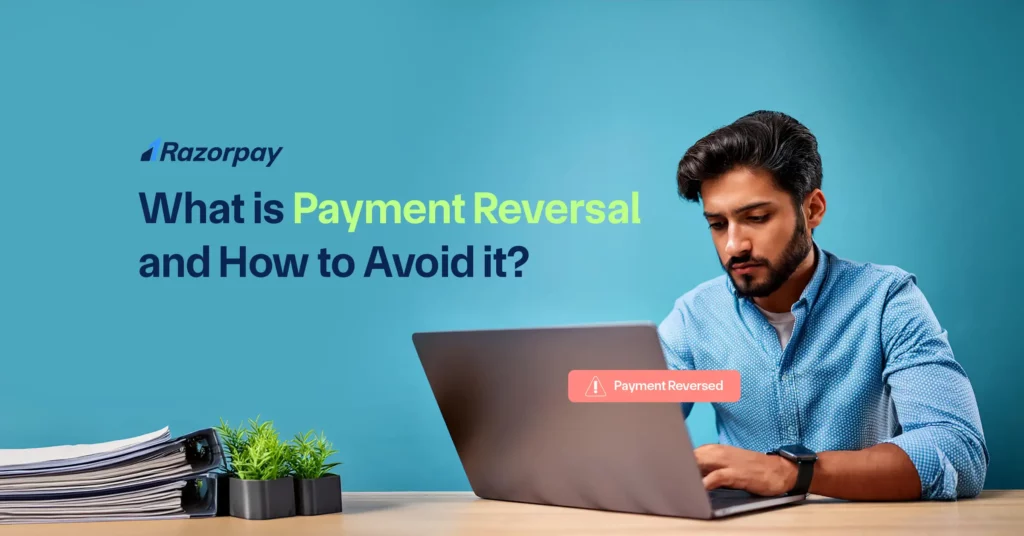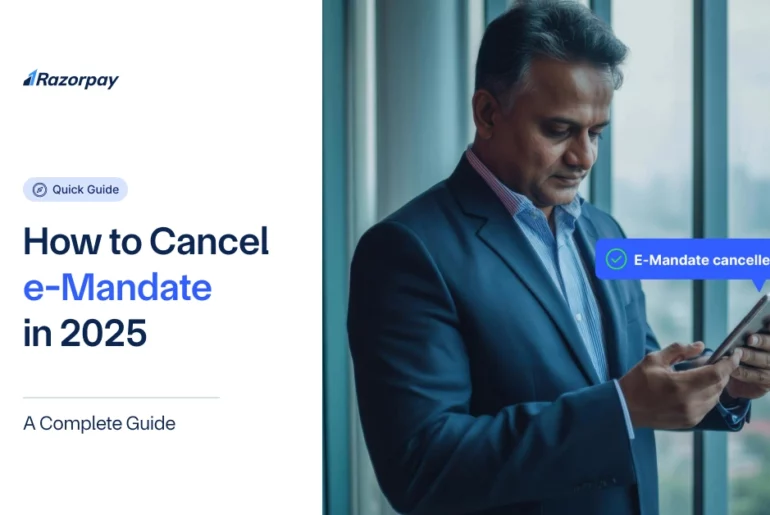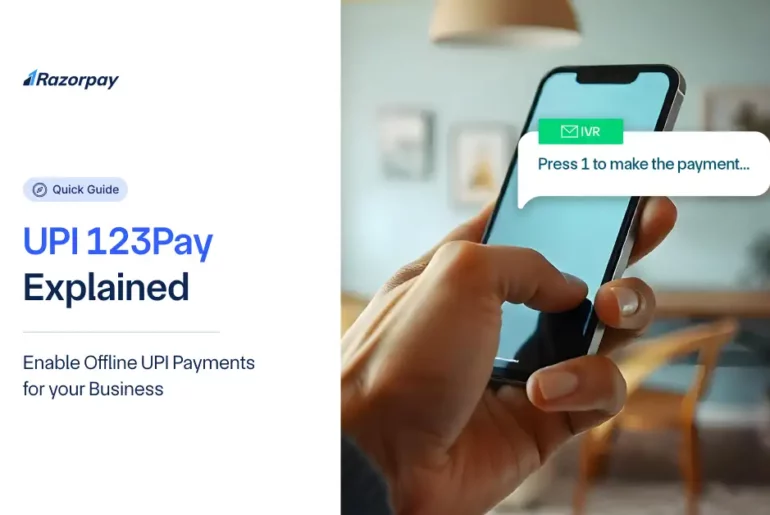Payment reversals can pose significant challenges for businesses, leading to financial losses and reputational damage. This article explores the different types of payment reversals, their causes, and strategies to minimize their impact.
Table of Contents
What is a Payment Reversal?
A payment reversal, also known as a chargeback, refund or ACH return, occurs when funds from a completed transaction are returned to the payer’s account. This process can be initiated by the customer, the merchant, or the financial institution involved in the transaction. Payment reversals are typically the result of an error, dispute, or fraud, where the original payment needs to be undone.
Common Causes of Payment Reversals
Payment reversals can occur for various reasons, often leading to financial losses and operational challenges for businesses. Understanding the common causes is crucial for implementing effective prevention strategies.
1. Customer-Initiated Reversals
Customer-initiated reversals occur when the buyer requests a refund or disputes a transaction, leading to the reversal of the payment. Here are the common causes:
1.1 Customer Disputes/Chargebacks
Disagreements over the quality of goods or services, billing errors, or non-delivery can lead customers to initiate a chargeback if they feel their complaint is unresolved.
1.2 Refund Requests
Customers may request a refund due to dissatisfaction with a purchase, defective products, or simply changing their minds. Refunds are typically initiated by the merchant and result in a reversal of the original payment.
1.3 Subscription Cancellations
If a customer cancels a subscription or service, they might request a reversal for payments made after the cancellation date, especially if the merchant did not process the cancellation in time.
1.4 Authorization Issues
Payments with expired credit cards, insufficient funds, or mismatched billing information may initially be processed but later reversed by the bank due to lack of proper authorization.
2. Merchant Errors
Merchant errors include mistakes like incorrect transaction processing, merchant error, etc.:
2.1 Processing Errors
Technical issues like double charges, incorrect amounts, or delayed transactions can result in payment reversals. These errors might occur due to glitches in payment gateways, POS systems, or human mistakes.
2.2 Merchant Error
Mistakes such as charging the wrong account, entering incorrect transaction details, or failing to fulfill the terms of sale can lead to payment reversals, with the merchant often bearing the financial loss.
2.3 Regulatory Compliance
Transactions that violate financial laws or regulations might be reversed by financial institutions, affecting merchants who did not adhere to legal requirements.
3. Fraudulent Transactions
Unauthorized use of a customer’s payment method, such as stolen credit cards or identity theft, is a common cause of payment reversals. Customers may request a chargeback to recover funds lost through fraud.
Types of Payment Reversal
1. Authorisation Reversal
Authorization reversal is a proactive step taken to cancel a payment before it is fully processed and completed. This process is usually initiated when either a customer or a vendor notices an issue with the transaction, such as incorrect payment amounts or duplicate charges. As they prevent the funds from being moved in the first place, authorization reversals are generally the simplest and most hassle-free solution for both customers and businesses.
2. Refunds
Refunds occur when a transaction needs to be reversed after the payment has been completed and the funds have been transferred. Typically, refunds are requested by customers who are dissatisfied with their purchase or service received. This process involves direct communication between the customer and the vendor to resolve the issue. For businesses, refunds can be costly as they often include not just the return of the payment but also additional fees, such as interchange fees.
Check out: Why refunds take time.
3. Chargebacks
Chargebacks happen when a customer disputes a transaction by contacting their bank to contest a charge on their account. Common reasons for chargebacks include suspected fraudulent activity or failure to receive the goods or services paid for. For businesses, chargebacks are more than just an inconvenience; they can lead to significant financial burdens due to chargeback fees and potential penalties imposed by card networks.
Also Read: Chargeback vs Refund: Key Differences
How Long Do Payment Reversals Take?
The time it takes for a payment reversal to be processed can vary depending on several factors, including the payment method, reason for the reversal, and the specific policies of the involved financial institutions. However, here are general estimates for different types of reversals:
Authorization Reversals Processing Time
These occur before a transaction is fully completed and can often be processed instantly* or within a few minutes.
Refunds Processing Time
- Credit card refunds: Typically take 3-5 business days* to reflect on the customer’s account.
- Debit card refunds: Can range from immediate to 5 business days* depending on the issuing bank and payment network.
- Digital wallet refunds: Often processed instantly or within a few hours.
Chargebacks Processing Time
The most time-consuming type of reversal, the chargeback process can take anywhere from 30 to 90 days* to resolve.
*It’s important to note that these are general estimates, and actual processing times may vary depending on specific circumstances.
Impact of Payment Reversals on Businesses
Payment reversals can have a significant negative impact on businesses, affecting their bottom line and reputation.
Financial Loss
- Direct revenue loss: The most immediate impact is the loss of the original sale amount.
- Chargeback fees: Merchants are typically charged fees for each chargeback processed, which can erode profits.
- Increased processing costs: A high chargeback rate can lead to increased processing fees imposed by payment processors.
Reputational Damage
- Damaged customer relationships: Chargebacks can erode customer trust and loyalty, even if the merchant is not at fault.
- Negative online reviews: Dissatisfied customers may share their experiences on social media or review platforms, harming the business’s reputation.
Chargeback Fees
- Financial penalties: Merchants incur fees for each chargeback processed, which can be substantial.
- Increased processing costs: Excessive chargebacks can lead to higher processing fees imposed by payment processors.
- Potential account restrictions: Payment processors may impose restrictions or terminate accounts with high chargeback rates.
Understanding the full extent of these impacts is crucial for businesses to develop effective strategies to prevent and manage payment reversals.
How to Avoid Payment Reversals?
Minimizing reverse payment is crucial for maintaining smooth business operations and customer trust. Achieving this goal involves leveraging robust payment technologies and ensuring that employees adhere to best practices. Often, human errors contribute significantly to these reversals, making it essential to focus on both technical and operational excellence.
1. Link Authorisation Requests and Transaction Messages
Implementing a Transaction Identifier (TID) system ensures a direct connection between authorization requests and related messages. By assigning a unique TID to each transaction, merchants can track the entire payment process and prevent mismatches that may lead to reversals.
2. Utilise Surface Trace Audit Numbers
A Surface Trace Audit Number is a unique identifier that facilitates communication about a specific transaction. This system helps maintain a comprehensive record of all communication related to a transaction, enabling merchants to resolve issues efficiently and avoid reversals.
3. Implement Retrieval Reference Numbers
Retrieval Reference Numbers tie estimated sales to the original authorization request. By establishing this link, merchants can accurately reconcile transactions and prevent payment reversals caused by discrepancies between estimated and actual amounts.
4. Enable Authorisation Characteristics Indicator
The Authorisation Characteristics Indicator is a feature that allows merchants to note estimated incremental or estimated transaction totals. This indicator helps ensure accurate payment processing by providing a clear indication of the transaction’s nature, reducing the risk of reversals due to misunderstandings.
5. Monitor Duration Field
The Duration Field specifies the total number of days for tabulating charges. Informing customers about the duration of charges can help reduce misunderstandings and prevent payment reversals caused by confusion over billing periods.
6. Prompt Transaction Data Submission
Clearing transactions promptly is essential to avoid issues such as customers’ checking accounts becoming empty or customer confusion. Timely transaction data submission minimizes the chances of payment reversals by ensuring that funds are processed efficiently and accurately.
7. Use Clear Billing Descriptors
Clear billing descriptors on transaction statements help customers recognize and attribute charges correctly. For example, a billing descriptor like “ABC Company—Online Store” is easily readable and reduces the likelihood of customers disputing charges due to unfamiliarity.
8. Confirm the Projected Clearing Date
Setting up automated email confirmations that indicate when funds will be withdrawn can aid customer memory, purchase recognition, and payment preparedness. This practice helps customers anticipate charges, reducing the chances of payment reversals due to confusion or oversight.
9. Employ Incremental and Estimated Authorisations
For businesses with variable, time-dependent rates, incremental authorizations can minimize the risk of chargebacks. This approach allows merchants to obtain authorization for an estimated amount initially and then clear the actual amount, aligning with customers’ expectations and reducing disputes.
10. Process Authorisation Referrals Quickly
Addressing errors during transactions without delay is crucial. If authorization is declined, promptly processing an authorization reversal helps return funds to customers promptly, encouraging successful transactions and preventing unnecessary reversals.
Best Practices for Handling Payment Reversals
To minimize the impact of payment reversals, businesses should implement effective strategies focused on prevention, dispute resolution, and recovery.
Minimize Chargeback Rates
- Proactive fraud prevention: Employ advanced fraud detection tools and implement strict security measures to prevent unauthorized transactions.
- Clear refund policies: Establish transparent and customer-friendly return and refund policies to reduce disputes.
- Effective dispute resolution: Train staff to handle customer inquiries promptly and professionally, aiming to resolve issues before they escalate to chargebacks.
Recover Lost Funds
- Chargeback dispute process: Understand the chargeback process and gather necessary documentation to contest unjustified chargebacks.
- Chargeback prevention services: Consider using specialized services to help prevent and manage chargebacks.
Frequently Asked Questions (FAQs)
1. What is an example of a payment reversal?
A common example of a payment reversal is a chargeback, where a customer disputes a transaction with their bank, leading to the reversal of funds from the merchant’s account. Another instance is when a customer requests an instant refund for a faulty product or service, prompting the merchant to initiate a reversal of the payment.
2. Are there consequences for excessive payment reversals or chargebacks?
Yes, excessive payment reversals or chargebacks can have severe consequences for businesses. Card networks and acquiring banks may impose fines, increase transaction fees, or even terminate merchant accounts if the chargeback ratio exceeds acceptable thresholds. Additionally, a high volume of reversals can damage a business’s reputation and lead to decreased customer trust.
3. What is the difference between a refund and a reversal?
A refund is a payment reversal initiated by the merchant, typically due to customer dissatisfaction or a returned product. The merchant voluntarily returns the funds to the customer’s account. In contrast, a reversal is a forced transaction where funds are withdrawn from the merchant’s account, often initiated by the customer’s bank or card issuer in cases of disputes or suspected fraudulent activity.



